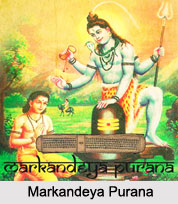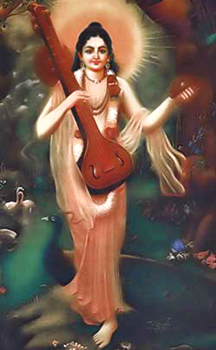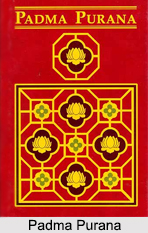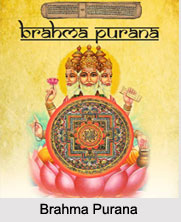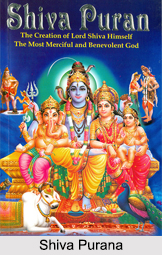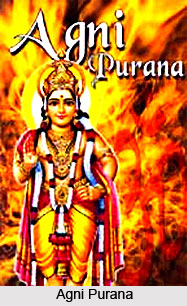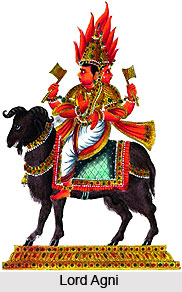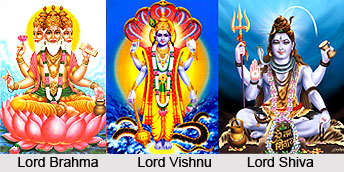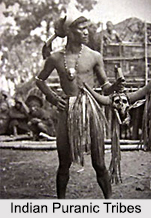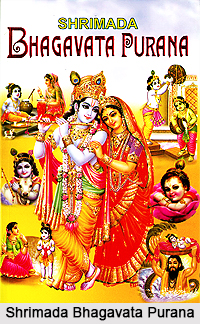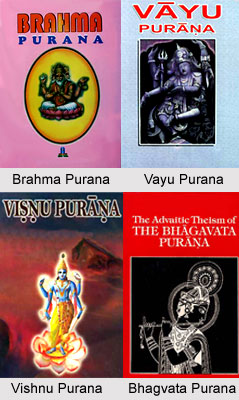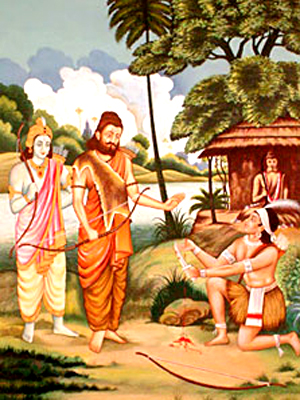 Legend of Eklavya has been narrated in the great epic Mahabharata written by Vyasa. When the Pandava and Kuru sons grew up, Bhishma, the royal grandsire, became eager to find for the princes of the two imperial houses a teacher who might train them thoroughly in the use of arms. At last, he came across Drona, the very teacher he was seeking. Drona started to train the children of the two royal families the art of warfare and princes came from the neighbouring kingdoms also came to him for learning the art of warfare and his pupil included the Kurus and all the Pandavas and the sons of the great nobles. Amongst those who came to Drona was a low-caste prince of non-Aryan birth known as Eklavya to learn from him.
Legend of Eklavya has been narrated in the great epic Mahabharata written by Vyasa. When the Pandava and Kuru sons grew up, Bhishma, the royal grandsire, became eager to find for the princes of the two imperial houses a teacher who might train them thoroughly in the use of arms. At last, he came across Drona, the very teacher he was seeking. Drona started to train the children of the two royal families the art of warfare and princes came from the neighbouring kingdoms also came to him for learning the art of warfare and his pupil included the Kurus and all the Pandavas and the sons of the great nobles. Amongst those who came to Drona was a low-caste prince of non-Aryan birth known as Eklavya to learn from him.
The great Dronacharya however was not able to accept Eklavya as his pupil, since he was one of the leaders of the lower races. If he would be trained along with the Aryan princes then he would learn all the secrets of their military science. Then Eklavya, retired to the forest, made a clay image of Drona, and bowed down before it, worshipping it as his teacher and started to learn the art of war. By reason of his great reverence and devotion to his purpose, the news soon spread that there were few archers in the land equal to Eklavya.
One day, when all the princes of the two imperial houses were hunting in the forest, a dog ran off alone and found himself suddenly face to face with a man of dark complexion wearing matted locks besmeared with mud and with his one piece of raiment black in colour. The dog was astonished at this strange sight and began to bark aloud. But before he could close his mouth the prince Eklavya had shot into it no less than seven arrows, aiming by the sound alone. The dog, thus pierced with seven arrows and unable to close his mouth, ran back to the princes, and they, fired with jealousy and admiration, began to seek everywhere for the unknown archer. They however found him soon, ceaselessly discharging arrows from the bow, and when they asked who and what he was; Eklavya replied that he was the son of the king of the Nishadas. He also told then that he was also the student of Drona, struggling for the acquisition of skill in arms.
Dronacharya`s Guru Dakshina
When Drona heard about Eklavya, he took Arjuna with him and sought out the archer. And when the low-caste prince saw Drona approaching, he prostrated himself and then stood with folded hands awaiting his commands. Then Drona asked Eklavya that if he really considers himself to be the student of Drona then he should give the teacher`s fees or the Guru Dakshina. To this urge of Drona, Eklavya in his delight told Drona to ask anything. Since he had nothing to give, still he would strive to pay him whatever he asks for. Then the great Guru Drona asked Eklavya to give the thumb of his right hand. Then the low-born prince, allowing no look of sadness to cross his face, turned without any hustle and cut off the thumb of his own right hand to lay it at the feet of Drona. When Eklavya had gone and turned again to his archery, he found that his marvelous lightness of hand was for ever vanished.
After Drona took away from Eklavya the thumb of his right arm as a teacher`s fee or Guru Dakshina, the royal princes were left without rivals in the use of arms. And two of them, Bhima, the second of the Pandavas, and Duryodhana, his cousin, became highly accomplished in the use of the mace. Ashwatthama, the son of Guru Drona, knew most of the theory of warfare. The Pandava twins, Nakula and Sahadeva, excelled every one in horsemanship and in handling the sword. Yudhisthir, the eldest of the Pandavas, was greatest as a chariot-soldier and officer. But Arjuna excelled all in every respect. He could use all the weapons, and his intelligence, resourcefulness, strength, and perseverance were admitted on every side. Moreover, he alone amongst the princes became fitted for a general command, being capable of fighting from his chariot with sixty thousand enemies at once.

